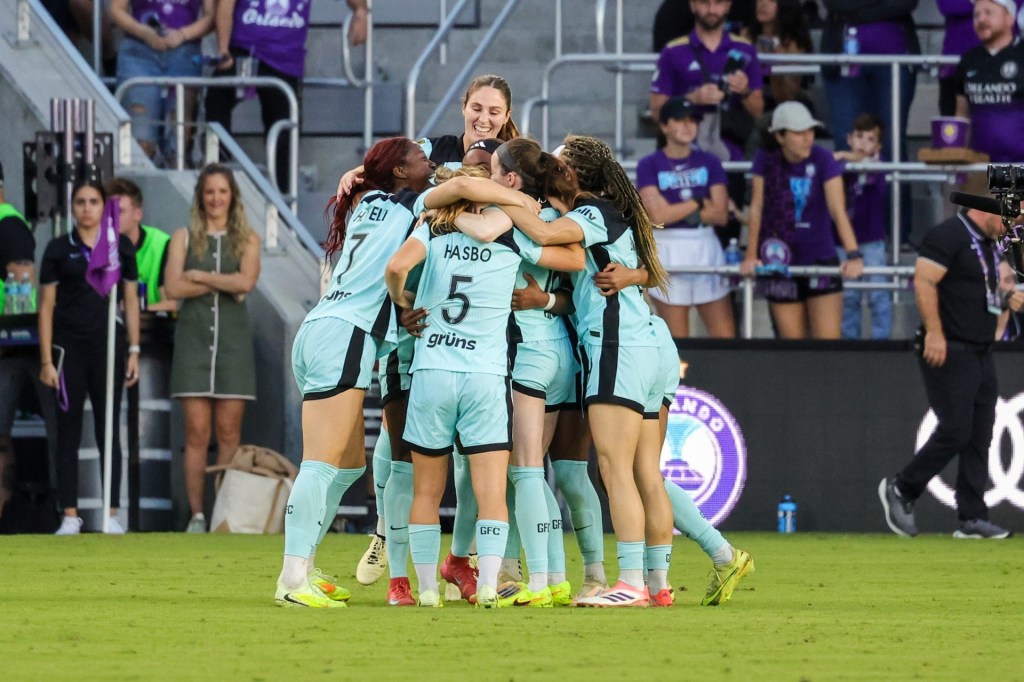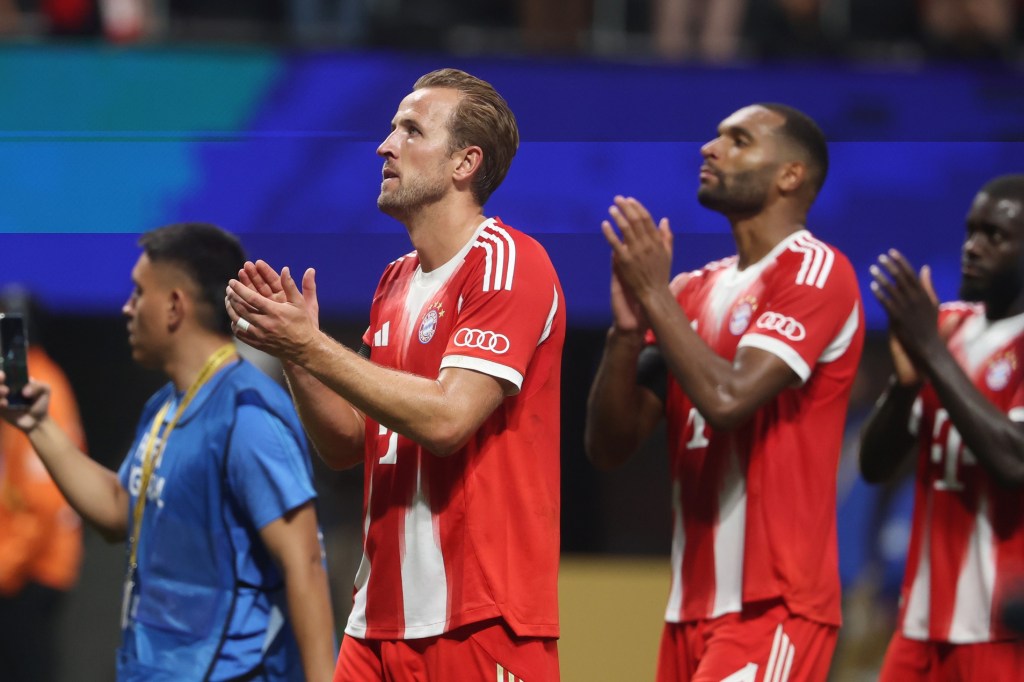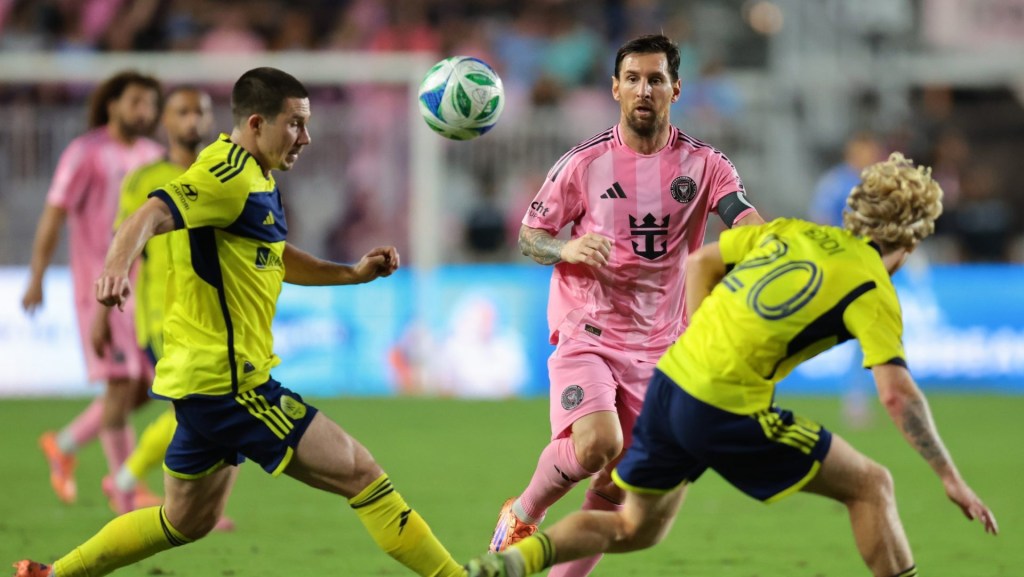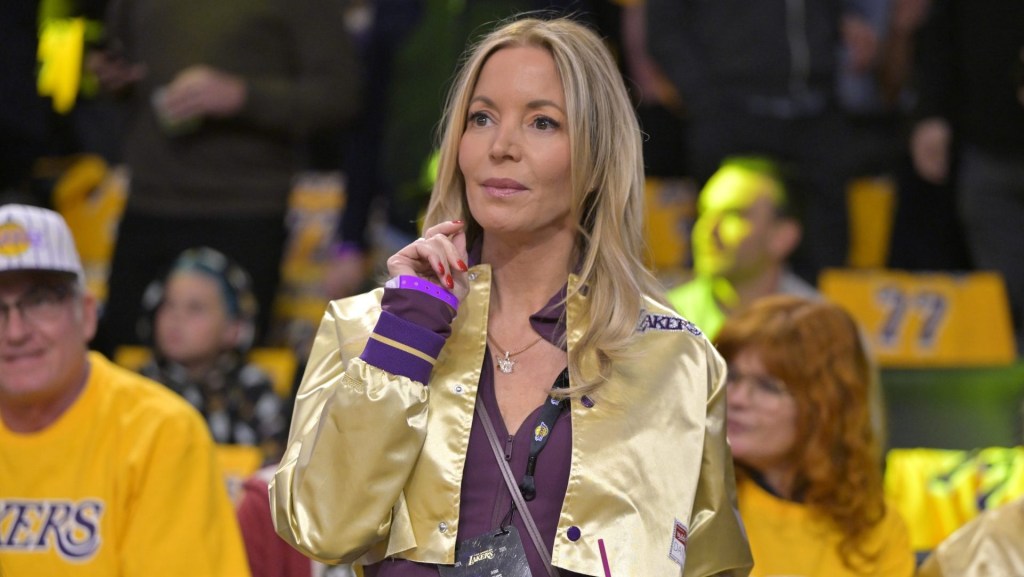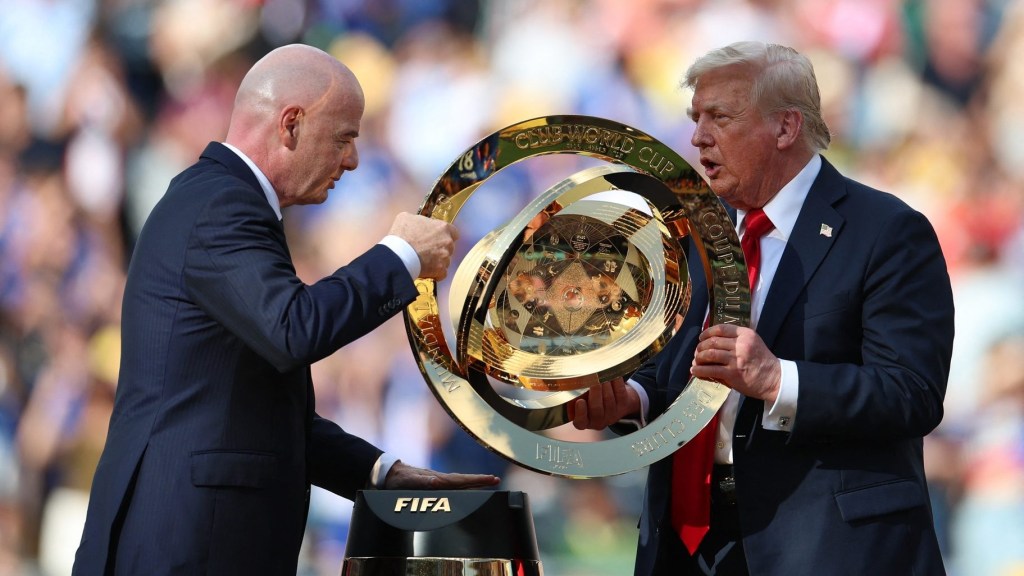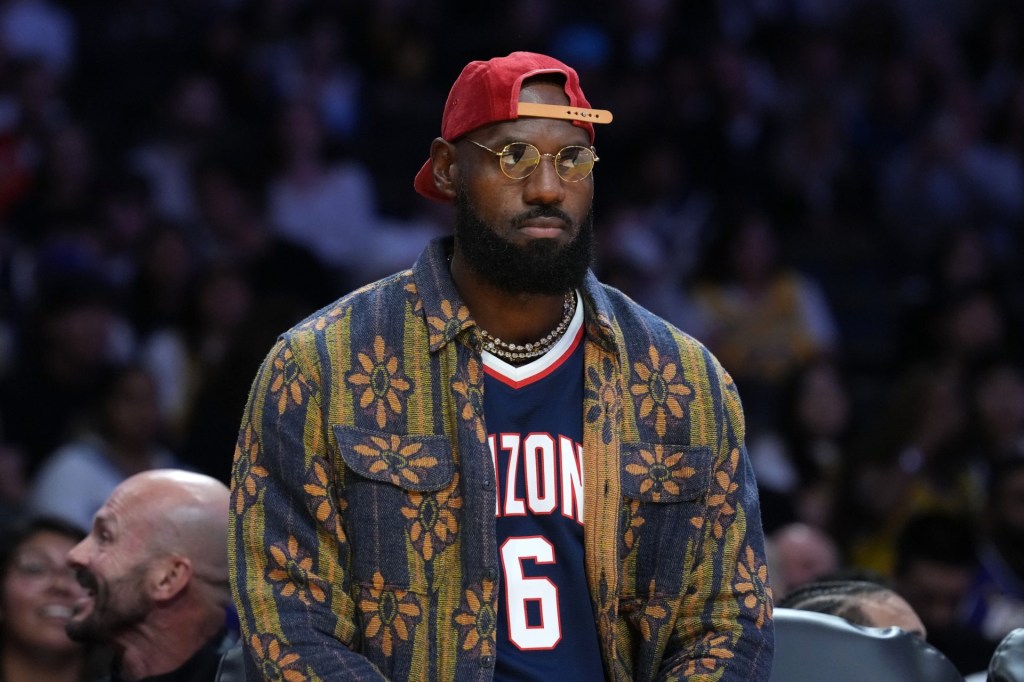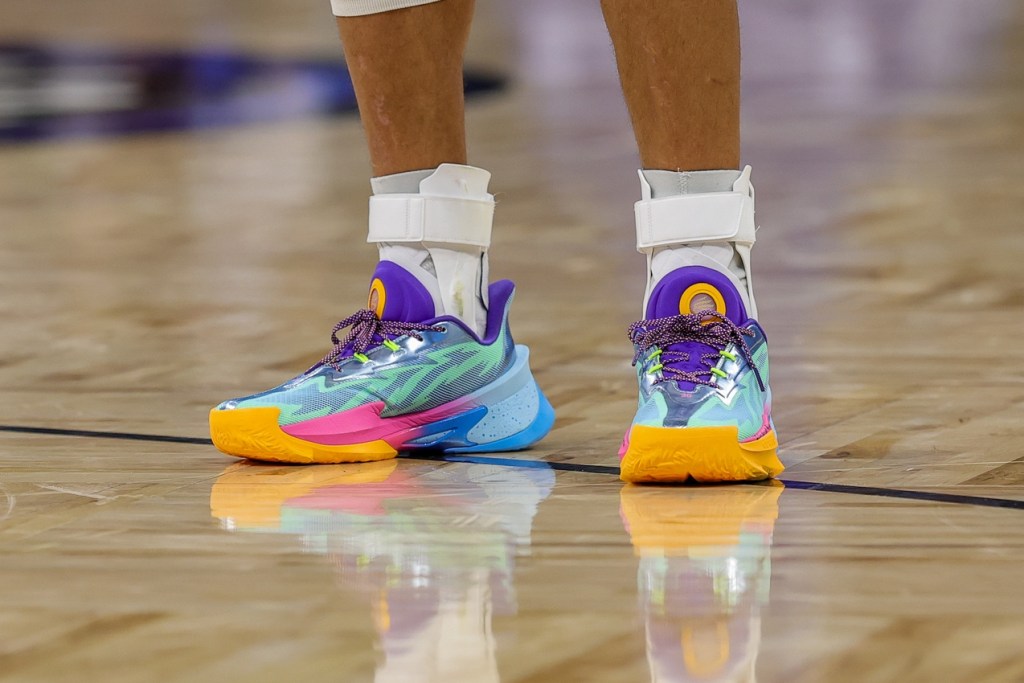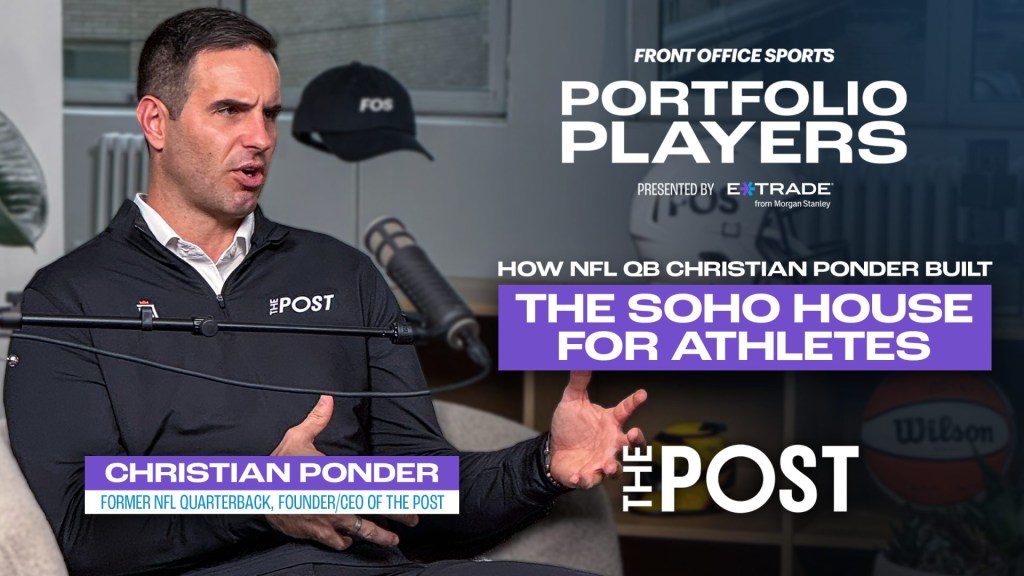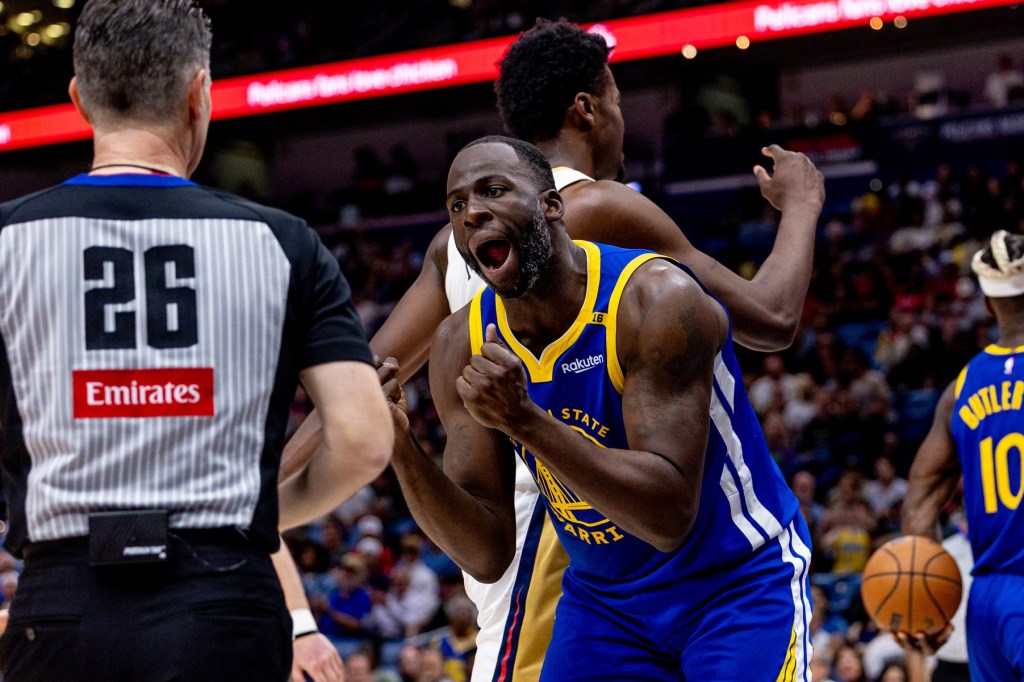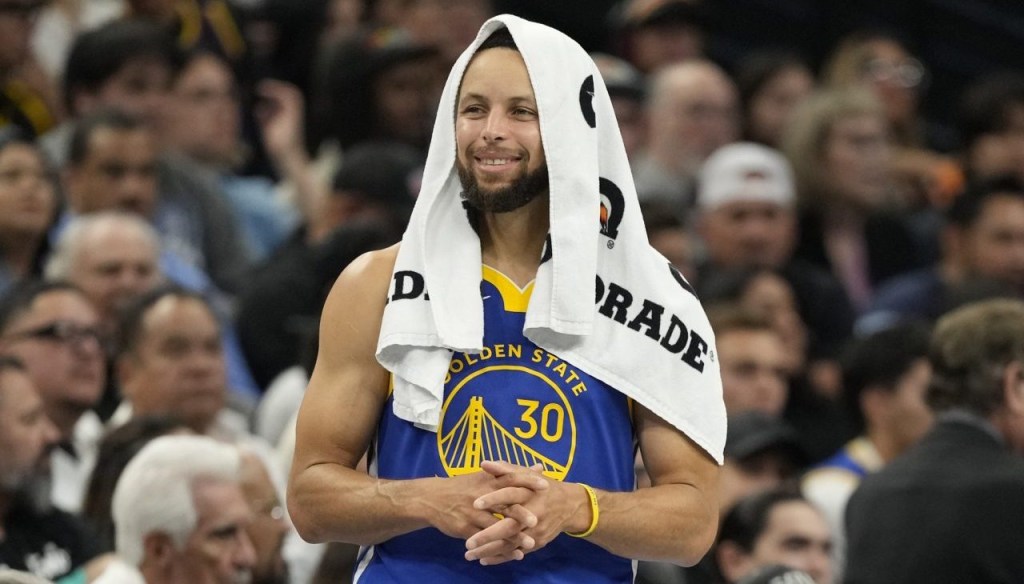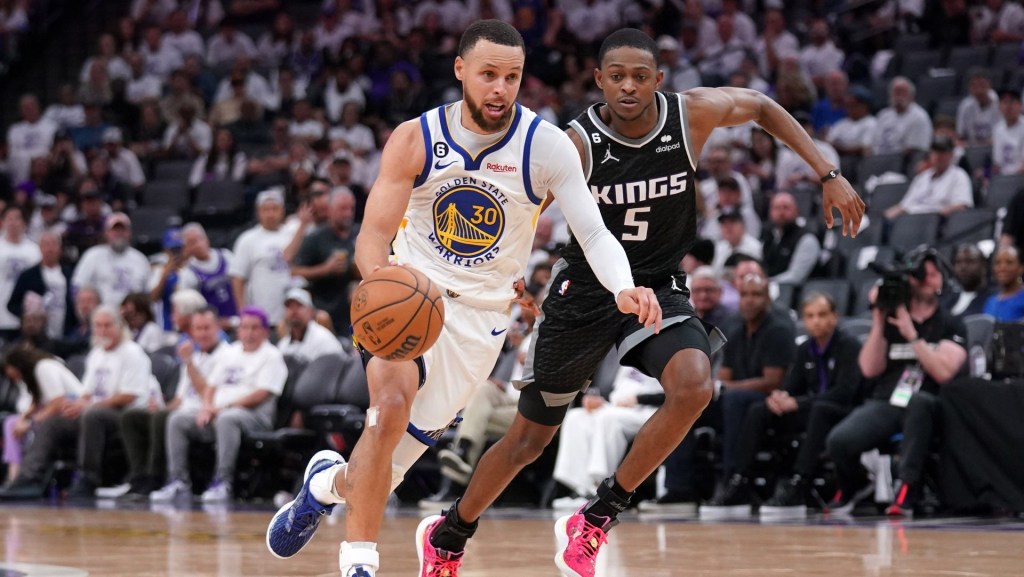MLS has made huge strides in the U.S. sports market, but in the big picture of global soccer, it’s still behind, says soccer legend Gareth Bale.
The former Tottenham Hotspur, Real Madrid, and Welsh national team winger spoke to Front Office Sports on a recent episode of Portfolio Players about MLS salaries, and how the league’s pay structure limits its growth. Bale spent his final season playing sparingly for LAFC, though he did contribute a key goal in its MLS Cup championship win before retiring in early 2023.
“I really loved my time here, and I actually wished I came over earlier,” Bale said. “But if you’re getting offered a lot more money in Europe, it’s a job at the end of the day, you’re not really gonna take less salary to come here and grow the game, unfortunately, which we’d all love to do, but it’s just not really viable.”
MLS declined to comment. Bale earned $2.39 million from LAFC in MLS, a far cry from the 2016 contract extension he signed with Real Madrid that reportedly paid him 150 million pounds over the next six years, making him the world’s highest-paid player at the time. (His transfer fee to join the club in 2013 was also a then-record at £85 million.) Bale was among many aging European stars who spent their final seasons in the United States.
While salary caps are common in U.S. sports, they aren’t standard in international soccer. That leads to much higher salaries for soccer players overseas. The highest-paid player in England’s Premier League, Erling Haaland, makes roughly $37 million annually. According to Spotrac, the top 100 players in the league all make at least $7 million per year, while the top 200 all earn at least $4 million per year.
MLS simply can’t offer that kind of cash under its restrictive salary cap system. (MLS, unlike counterparts abroad, is a single-entity structure owned by the league.) Teams are given three exceptions to sign “Designated Players” at higher wages that are more competitive with European standards. This is why Inter Miami can afford Lionel Messi, who makes more than $20 million annually. But teams are forced to fit the rest of their 20-player rosters under the league’s salary cap, which this year is set at $5.95 million. The maximum salary for most players under the soft cap this season is $743,750. Messi is the only player who makes eight figures in a year; the second-highest-paid player in MLS makes less than $9 million annually. (The only other eight-figure salaried player terminated his deal in July.)
Payments are certainly going up—10 MLS teams are now spending over $20 million in guaranteed player compensation, according to data from the players’ association, compared to just two teams three years ago. But European teams regularly spend more than that just on transfer fees for individual players.
“If you can get more money into football in the MLS and attract more players over, because you have the cities, you have the stadiums, you have the fan base, but it’s just something’s not quite right yet,” Bale said. “I think if you’re able to get younger, better players over sooner, it would grow quicker here as well.”

